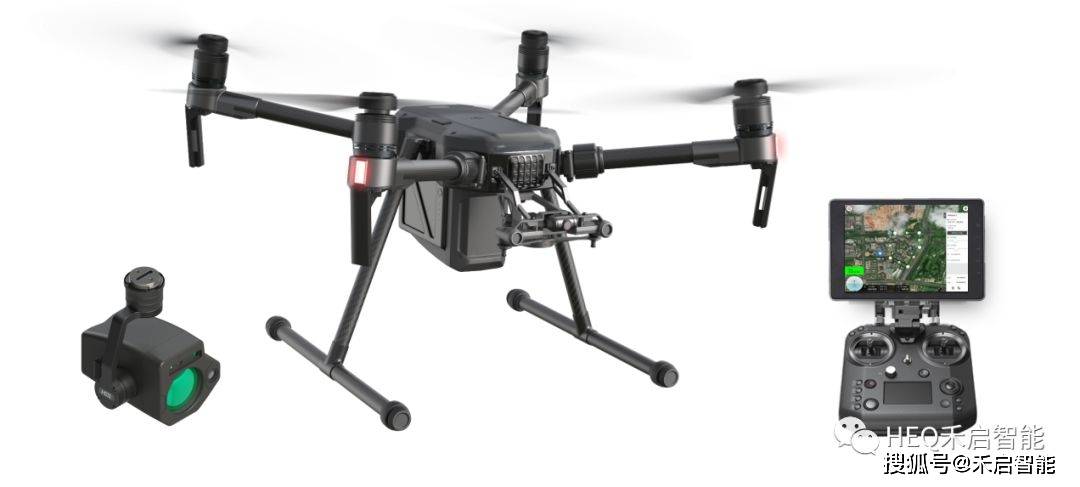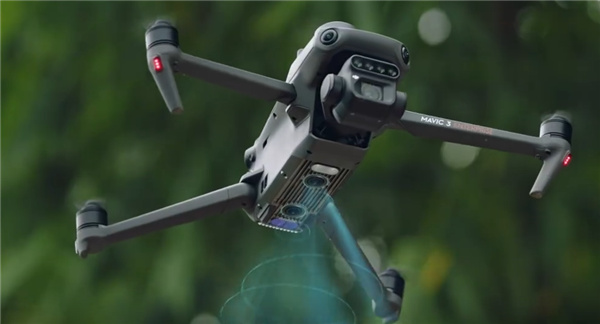In recent years, the US Air Force drones have revolutionized the way military operations are conducted worldwide. These aerial vehicles, equipped with sophisticated technology, offer unparalleled capabilities that redefine strategic advantages. The evolution of drones is a testament to advancements in engineering, design, and control systems, enhancing both their reliability and effectiveness in sensitive missions.
Initially developed for reconnaissance, drones now perform a range of tasks, from surveillance to targeted strikes, showcasing versatility that extends beyond traditional roles. The integration of AI and machine learning empowers these drones with autonomous flight, decision-making, and threat analysis capabilities. Remote operation ensures that pilots can control drones from safe distances, mitigating risks while maintaining strategic visibility over extensive areas.
The Technological Backbone of US Air Force Drones
The intricacies involved in drone technology lie in the combination of sensors, communications systems, and propulsion mechanisms. These elements enable high precision and adaptability in various battlefields. Radar and infrared sensors provide real-time data, ensuring operatives receive accurate information to make informed decisions. The stealth capabilities of advanced drones reduce detection risks, critical in hostile environments.

Another innovative feature is the use of satellite communication systems, which allow uninterrupted data transfer regardless of geographical barriers. By integrating satellite technology, drones can relay live video feeds to command centers, enhancing situational awareness. This global reach facilitates coordination among different military branches, ensuring a synchronized approach to operations.
Drones in Modern Warfare
The significant role of drones in contemporary warfare cannot be understated. They provide tactical advantages without the direct exposure of personnel, reducing casualty rates in conflicts. Drones act as force multipliers, collecting critical intelligence and executing precision strikes, disrupting enemy actions with minimal collateral damage.
Moreover, as technology advances, drones continue to evolve with enhanced payload capacities, faster speeds, and improved endurance. Such improvements promise to broaden their operational scope, allowing for longer missions and more complex tasks to be performed efficiently. With each technological leap, the US Air Force drones push boundaries, setting benchmarks for global military standards.
Maintenance and Challenges

While drones provide numerous benefits, maintenance remains a crucial factor for optimal performance. Routine checks, software updates, and component replacements ensure drones operate efficiently. Training personnel to handle unexpected technical issues also forms part of operational protocols. Navigating adverse weather conditions and counteracting electronic warfare tactics are ongoing challenges faced by drone operators.
Frequently Asked Questions
- How are US Air Force drones operated? US Air Force drones are operated remotely using advanced control systems, with operators safely stationed away from conflict zones, maintaining effective control and oversight.
- What are the primary uses of these drones? The primary uses include reconnaissance, surveillance, target acquisition, and sometimes direct engagement, adapting to the multifaceted demands of modern military operations.
- How do drones impact military strategy? Drones significantly impact military strategy by increasing operational flexibility, enhancing real-time intelligence capabilities, and reducing risk to personnel during operations.